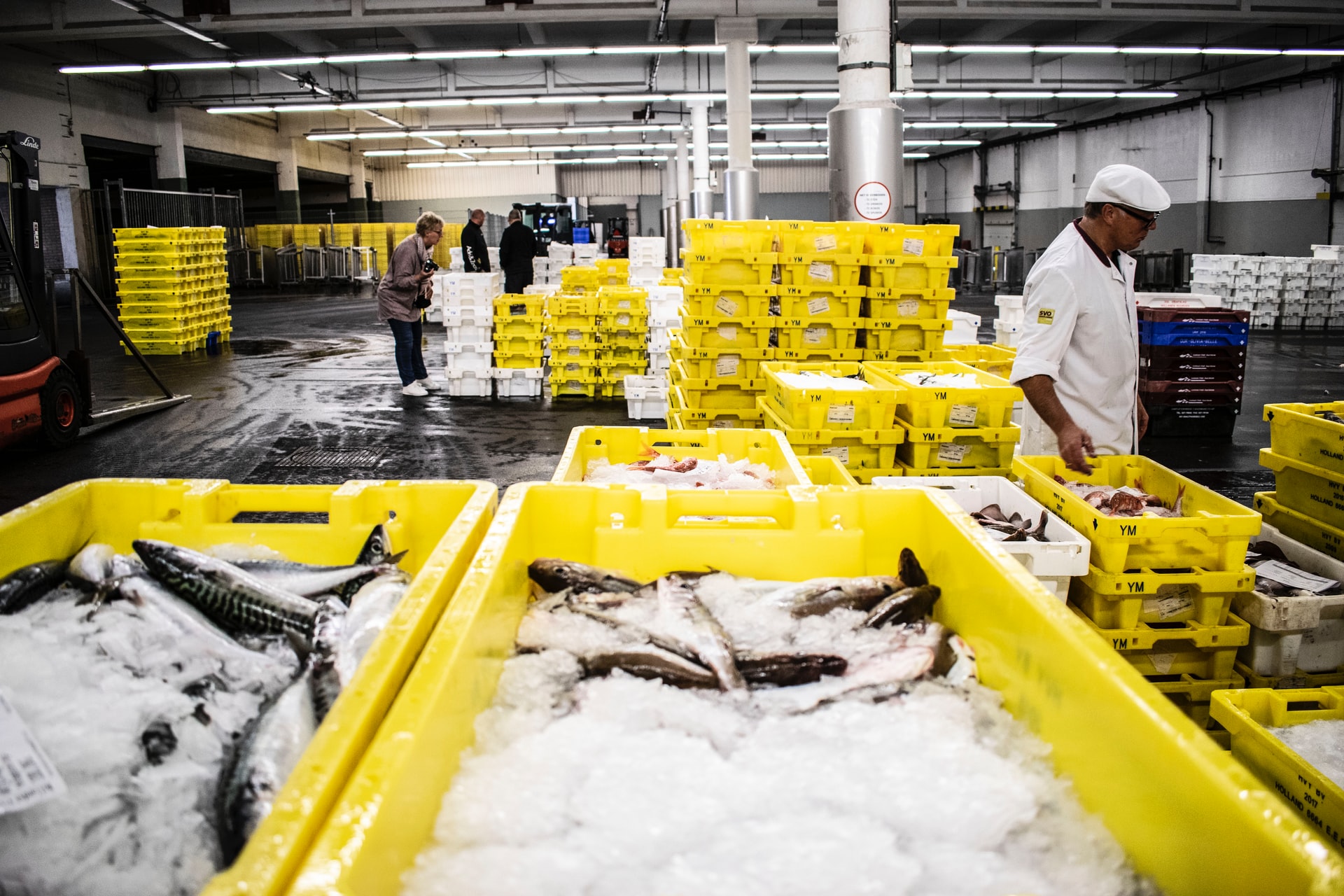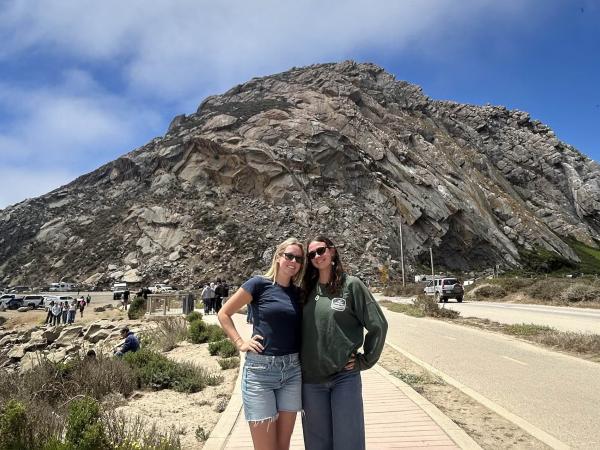
In the first days of 2020, the Pacific Ocean archipelago nation of Palau took the momentous step of protecting 80% — 500,000 square kilometers — of its exclusive economic zone (EEZ) from fishing. The move is at once a cultural tradition, a far-sighted strategy for future generations and an example of the level of conservation needed to protect ocean biodiversity and habitat.
Why don’t more coastal and island nations dive into this large-scale regenerative practice? Economics is among the major obstacles, according to UC Santa Barbara marine conservation scientist Juan Carlos Villaseñor-Derbez.
“Various scientists and organizations recognize the need to protect 10 to 30% of the ocean,” said Villaseñor-Derbez, a doctoral student at UC Santa Barbara’s Bren School of Environmental Science & Management. “But it’s very difficult for a country to conserve a region where extractive activities are so profitable, even if conservation may bring benefits in the future.” In addition, while marine protected areas have in fact greatly improved biodiversity and increased fish stocks, the distribution of the “spillover” benefits is unequal, he said, often benefiting neighboring countries that may not be enacting their own conservation, as well as those fishing in the high seas.
To find a way around this conundrum, Villaseñor-Derbez and fellow Environmental Market Solutions Lab members Christopher Costello, also of the Bren School, and John Lynham of the University of Hawaii, have proposed a market-based approach. The team simulated and tested a system that allows a conserving country the ability to offset the cost of conservation and recapture the benefits of protected areas within their maritime territory. Their findings are highlighted in a paper published in the journal Nature Sustainability,
“Well-designed fishing markets can incentivize countries to engage in large-scale marine conservation,” Lynham said.
Read full story at: The UCSB Current
Credit: Sonia Fernandez




